When Drew Pomeranz, the 36‑year‑old left‑handed pitcher for the Chicago Cubs took the mound as an unconventional opener on October 11, 2025, the winner‑take‑all battle of the National League Division Series unfolded at American Family Field. Across the diamond, the Brewers answered with their All‑Star closer Trevor Megill, who had logged 30 saves and a 2.49 ERA during the regular season, also cast in the opener role. The stakes? A spot in the NL Championship Series and a chance for Milwaukee to break a post‑season drought dating back to 2018.
How the series got to Game 5
The rivalry between the two I‑94 clubs began with the Brewers snatching the first two games at home, thanks to a blend of solid starting pitching and early‑inning fireworks. The Cubs, however, refused to fold. After dropping Games 1 and 2, they stormed back with back‑to‑back wins at Wrigley Field, capitalizing on a historic four‑straight first‑inning home runs that set an MLB postseason record. That swing forced a decisive Game 5 back in Milwaukee, a scenario only five of the previous 35 teams have managed after losing the opening two road games under the 2‑2‑1 format.
Pitching strategies: Opener experiments meet postseason pressure
Both clubs tweaked their usual roles. Pomeranz, who logged a 2.17 ERA and a 1.07 WHIP over 57 regular‑season appearances, had already been perfect in the series: three hitless innings, five strikeouts, and no runs allowed. His career playoff line is equally clean – five innings, zero hits, zero runs across five outings. Meanwhile, Megill, who spent late August on the sidelines with a right flexor strain, returned for a brief relief stint in the season finale and was quickly slotted into an opener slot. In Game 5 he delivered a flawless 1‑2‑3 first inning, aiming to shut down the early‑inning barrage that had produced 11 runs across the series.
Lineups that mattered
The Cubs' batting order featured a mix of youth and experience: Nico Hoerner at second, Ian Happ in left, and designated‑hitter Kyle Tucker, who entered the playoffs with a .304 average and an .864 OPS. Seiya Suzuki patrolled right field, while Michael Busch held first. The Brewers countered with a lineup built around speed and power: Jackson Chourio in left, Brice Turang at second, and designated hitter Christian Yelich. Catcher William Contreras anchored the defense, and veteran first‑baseman Andrew Vaughn provided the clutch swing.
Game 5 recap: Brewers take the series, 3‑1
The early innings lived up to their reputation. Megill's perfect first frame set a tone, but the Brewers still ceded a run in the second when Jackson Chourio singled and later scored on a sacrifice fly. Pomeranz, despite his flawless track record, was rocked in the fourth by a two‑run double from Brice Turang. The Cubs managed a lone back‑to‑back hit in the seventh, but the Brewers’ bullpen, including closer Abner Uribe, held firm. Final line: Brewers 3, Cubs 1.
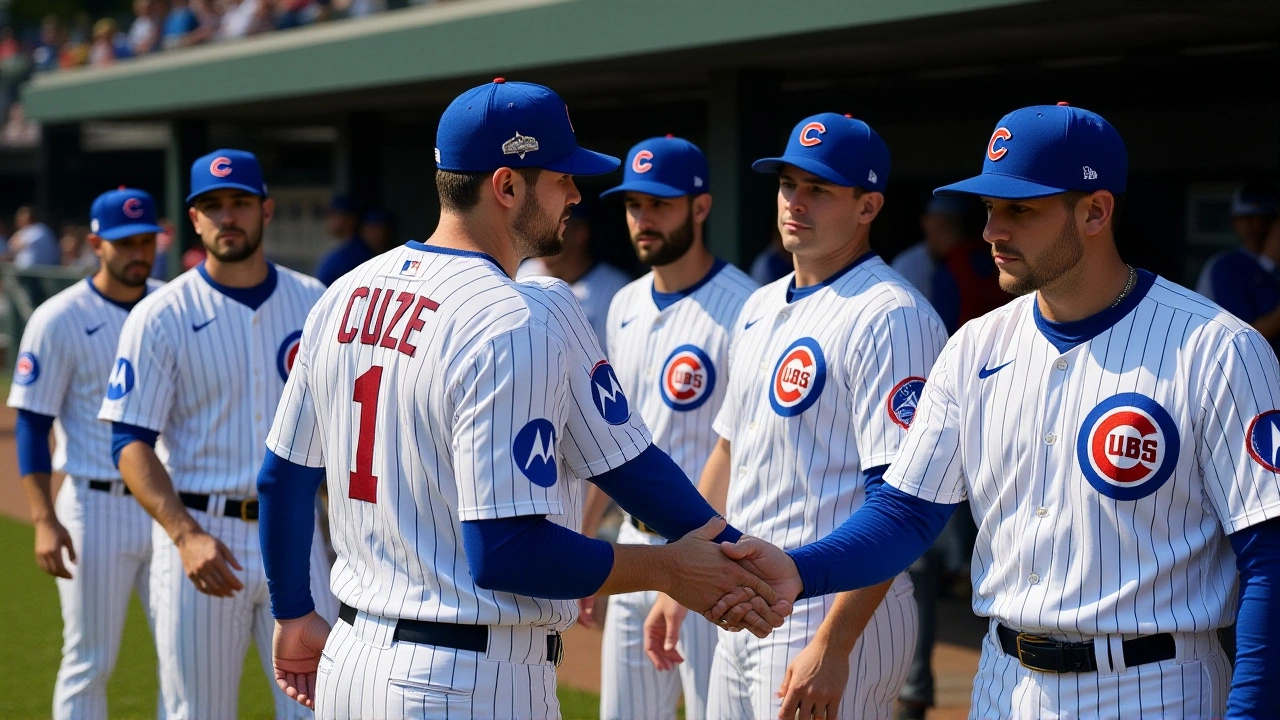
What the outcome means for both clubs
For Milwaukee, the win snaps a five‑year streak of one‑and‑done postseason exits and improves their record in clinching‑game situations from a bleak 3‑10 to a respectable 4‑10. Manager Pat Murphy earned his first NLDS victory, and the franchise now looks forward to a home‑field NLCS against either the Nationals or the Dodgers. The Cubs, on the other hand, see their season end a game short of a possible World Series run. Manager Craig Counsell praised Pomeranz’s guts despite the loss, noting the left‑hander’s “heart‑of‑gold” approach throughout the series.
Historical context and future outlook
The opener experiment isn’t new, but seeing two relievers thrust into starting roles on the sport’s biggest stage is rare. The only comparable moment came in the 2018 World Series when the Red Sox used a bullpen‑by‑committee approach. Analysts now debate whether the success of Megill’s opening frame will inspire more teams to blur the line between closer and starter in high‑leverage games. Meanwhile, the Cubs will regroup ahead of the 2026 season, potentially targeting free‑agent left‑handers to bolster their rotation, while the Brewers aim to capitalize on this momentum and finally bring a championship home.
Key facts
- Game 5 date: October 11, 2025
- Location: American Family Field, Milwaukee
- Winning pitcher: Trevor Megill (opener)
- Loser’s opener: Drew Pomeranz
- Series result: Brewers win 3‑1, advance to NLCS
Frequently Asked Questions
Why did the Cubs use Drew Pomeranz as an opener?
Pomeranz had posted a sub‑2.20 ERA all season and entered the series without allowing a hit. Cubs manager Craig Counsell wanted a proven, low‑risk arm to halt Milwaukee’s early‑inning surge, so he slipped the left‑hander into the starter’s role for maximum upside.
How unusual is it for a closer like Trevor Megill to start a playoff game?
It’s rare but not unprecedented. Megill’s 30‑save season and 2.49 ERA made him one of the Brewers’ most reliable arms. With a flexor strain behind him, the staff repurposed his cutter‑heavy arsenal for a one‑inning opener to neutralize the Cubs’ power bats.
What does this series win mean for Milwaukee’s postseason history?
The Brewers snap a five‑year streak of first‑round exits and improve their clinching‑game record to 4‑10. It also marks manager Pat Murphy’s first NLDS victory, giving the franchise momentum heading into the NLCS.
Which players performed best for the Cubs in this series?
Kyle Tucker’s .304 average and .864 OPS, plus a crucial three‑run homer by Ian Happ in Game 4, stood out. Rookie Nico Hoerner also kept his postseason hitting streak alive, matching Jackson Chourio’s record of seven straight hits to start a playoff career.
What are the next steps for the Cubs after this loss?
Chicago will head into the offseason focusing on adding depth to the rotation and perhaps a high‑leverage reliever. With Counsell’s contract through 2026, the front office is expected to pursue left‑handed starters to complement Pomeranz’s success.
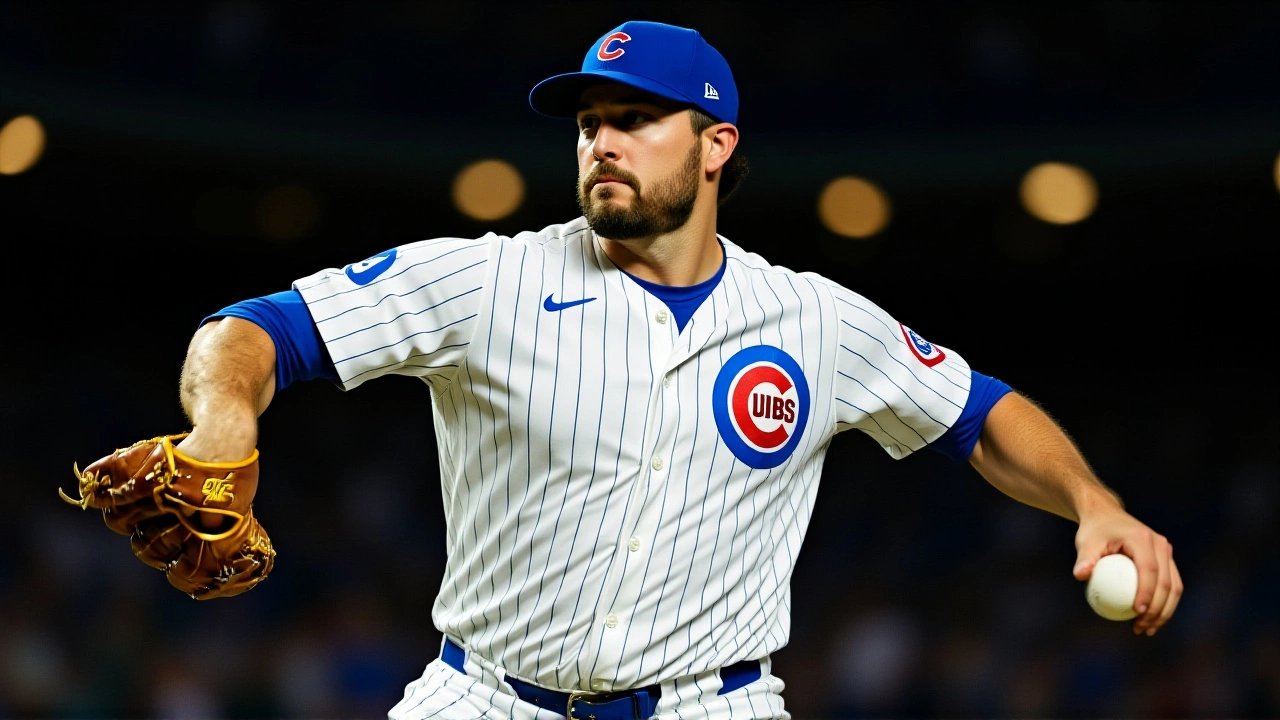

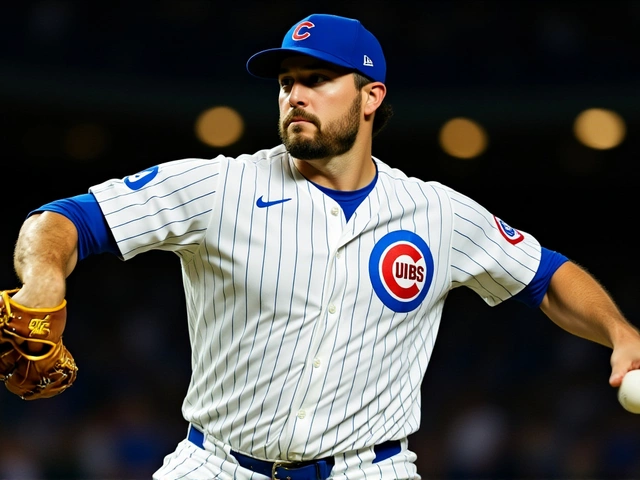
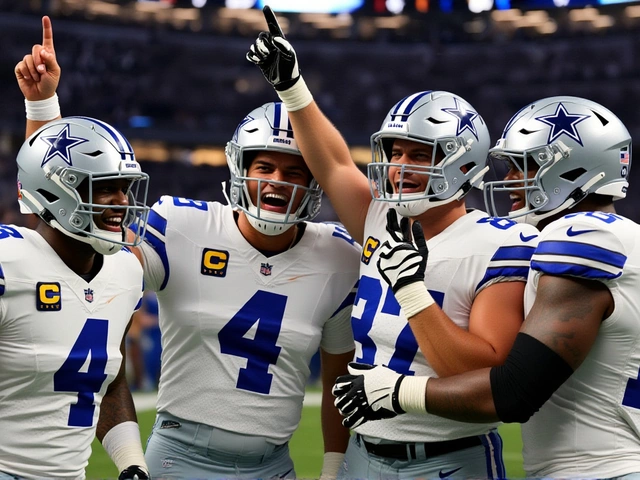

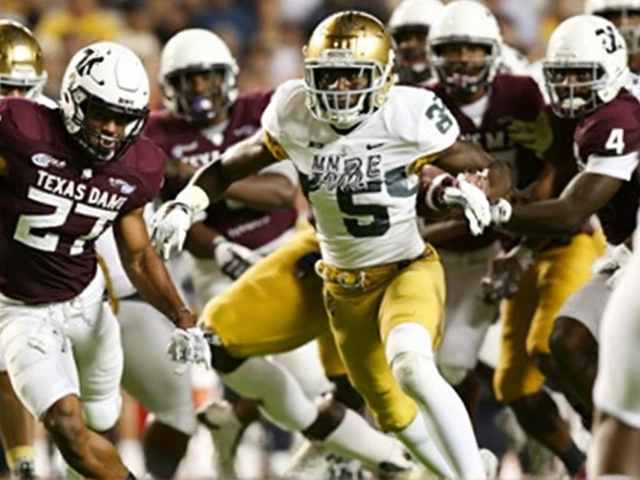

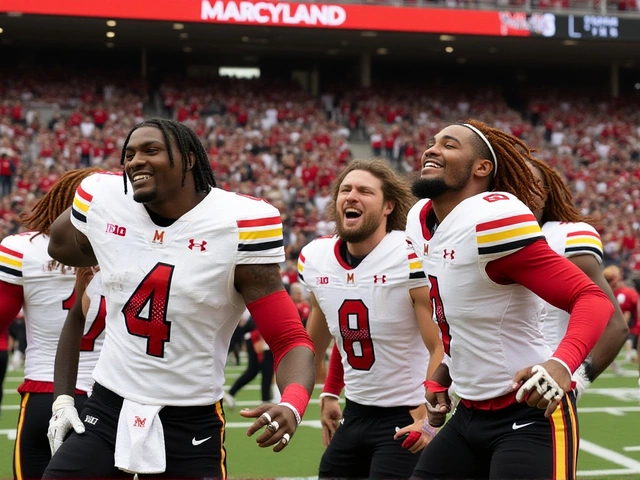
Write a comment